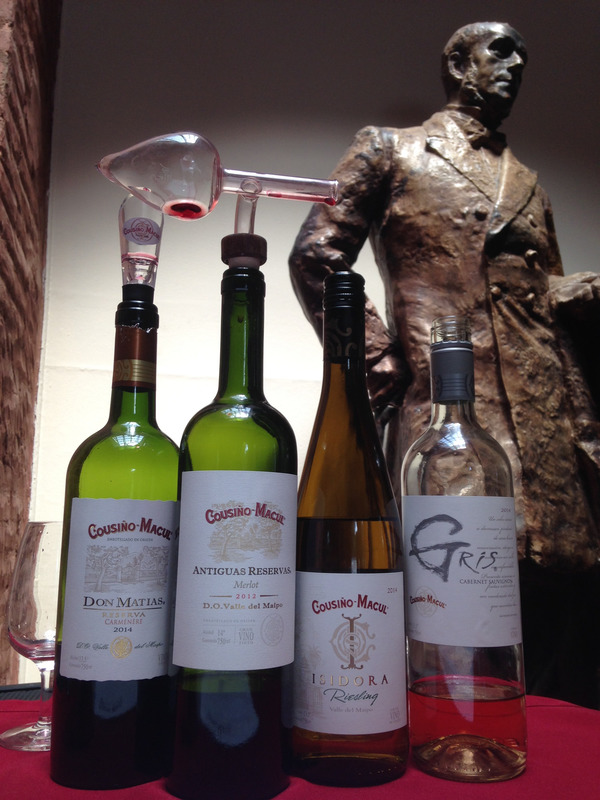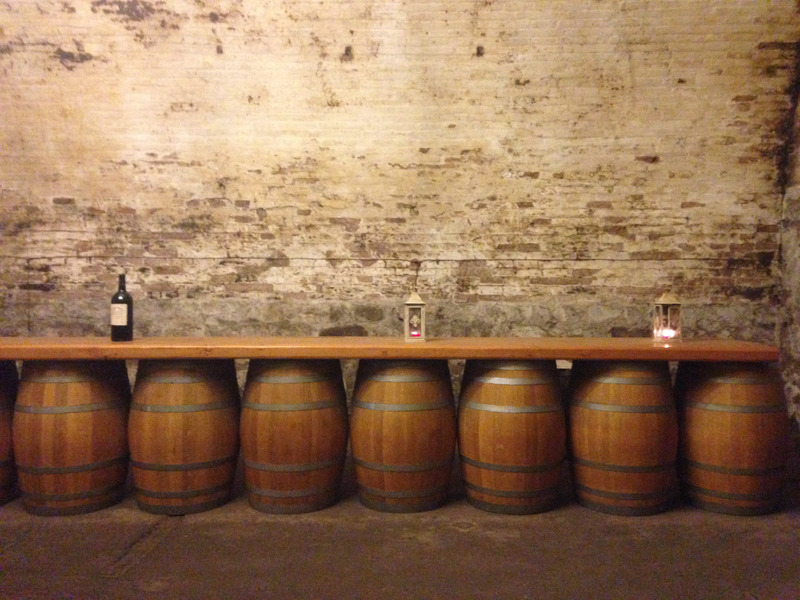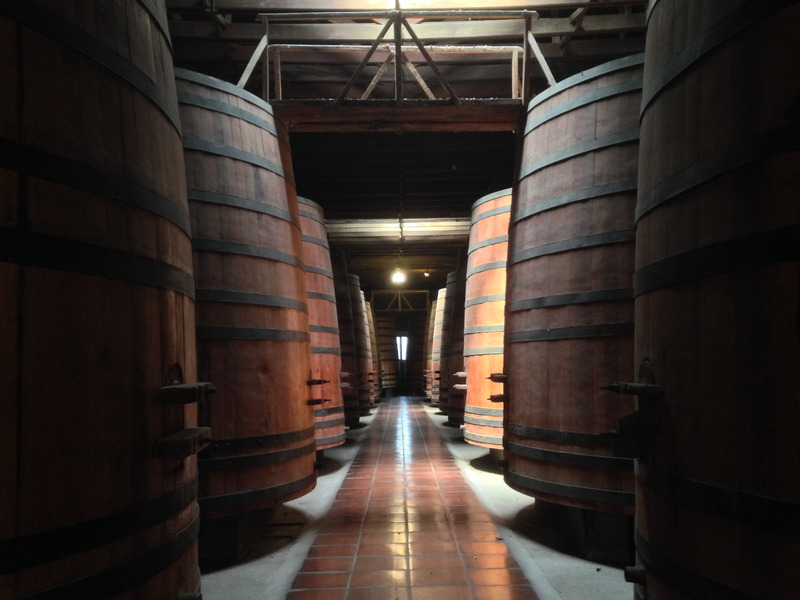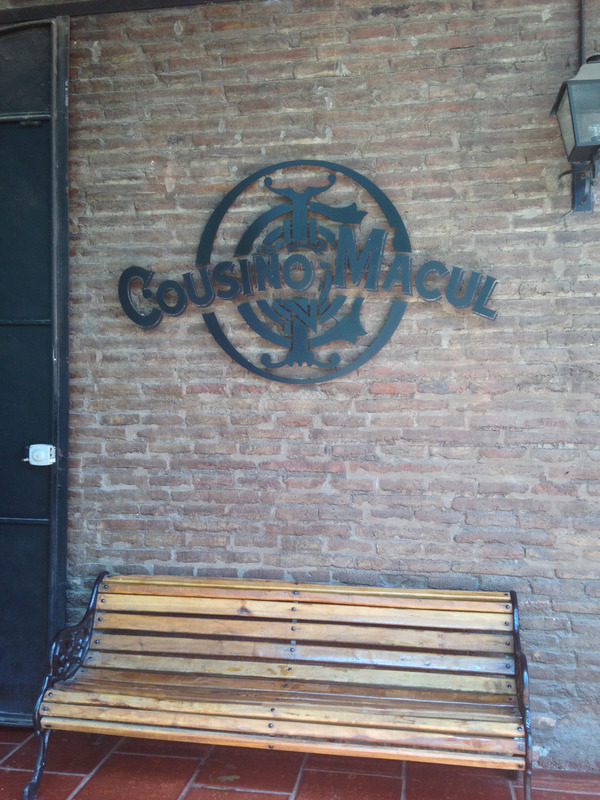Chilean Wine
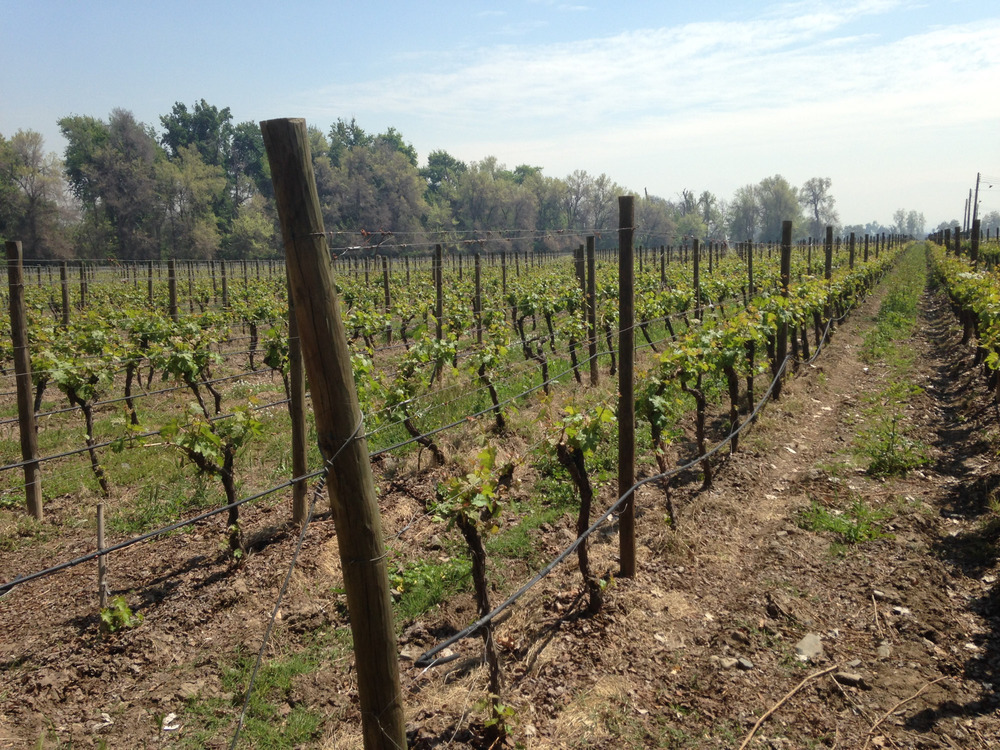
On a sunny day halfway through our trip, Jake and I decided that, as we were in Chile and Chile is known for its wine, we were obligated to tour at least one winery (despite having little to no experience drinking wine). We chose Viña Cousiño Macul, a vineyard located not too far from the hustle and bustle of Santiago’s city center. We were able to take the metro to the Quilín station, then a short taxi ride to the vineyard. Our tour of the winery was paired with wine tasting and an in-depth discussion of the wine-making process.
We thoroughly enjoyed ourselves, and also enjoyed the multi-cultural nature of our tour. Our Chilean tour guide was gregarious and a fluent English speaker. We were accompanied on the tour by two Swiss expats living in Santaigo and their friend who was visiting from Switzerland. The three were more knowledgeable wine enthusiasts than either Jake or I, and thus were able to add to our overall learning experience. For example, we learned that the color of wine can be viewed by holding a wine glass to a white surface, and that a richer color is to be admired.
One of the notable vines grown at this vineyard is Carménère, a vine brought from France in the 1850s. A blight in 1867 wiped out this variety of grape in Europe and the variety was believed to be extinct. Until 15 to 20 years ago, these grapes grown in Chile were believed to be Cabernet-Sauvignon; genetic testing eventually revealed that the varieties were distinct. Currently about 90% of all Carménère is grown in Chile, and the rest is grown in Argentina.
According to our guide, the underground cellars are made with cal y canto which enables a waterproof seal and consistently cold temperature. However, the 2010 earthquake damaged the cellars which led to water damage and eventual mold growth in the aging chambers. Consequently, after harvesting, the grapes are now trucked south to undergo the fermentation and aging processes at a separate facility.
